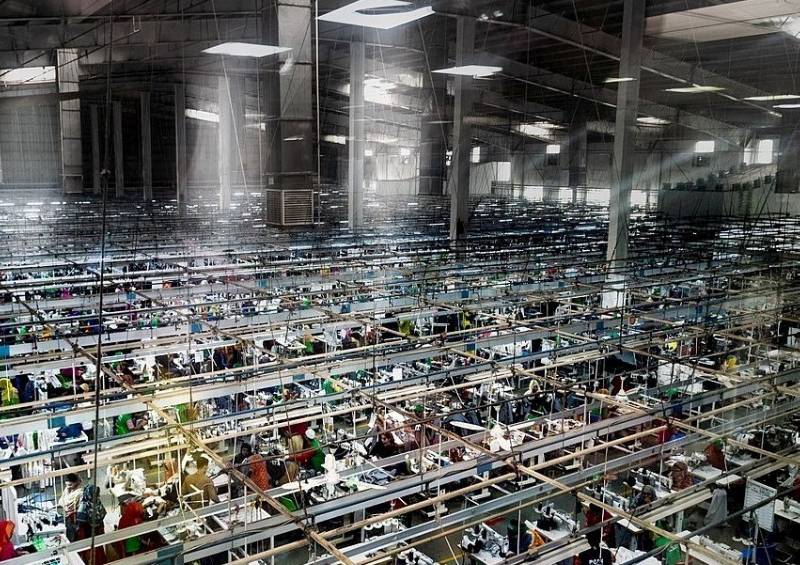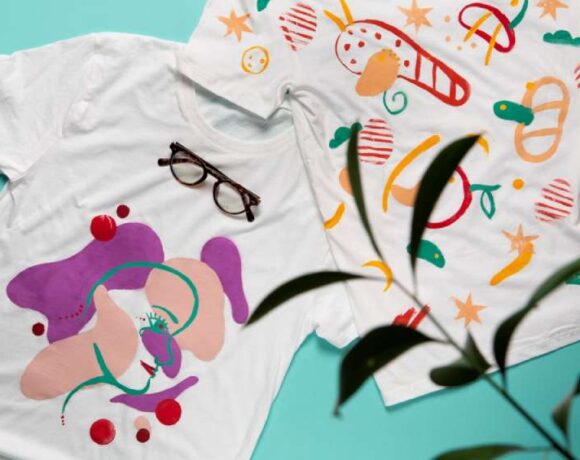Several Challenges For Garment Export Sector – Bangladesh Bank

The Bangladesh Bank’s (BB) latest quarterly review on the garment sector informs that Bangladesh garment exports may face various challenges in the next few months of the current fiscal year.
The central bank of Bangladesh attributed the challenges to global economic volatility, high inflation, uncertainties over the geo-economic landscape and low productivity.
“Reducing lead times, increasing efficiency, exploring new global markets, skilled workforce and modernisation of technologies are priority areas to escalate exports in the future,” the review stated.
Bangladeshi garment exports account for over 80 percent of overall exports from Bangladesh and is the biggest industrial employer with preference being given to women employees.
The review added that the sector has had a significant impact on Bangladesh economy in creating employment opportunities and providing foreign currency.
“But since the very beginning, the sector is facing barrier’s like limited products, lack of sufficient backward linkages, high lead times and lack of efficiency in producing high value items,” the BB review noted.
“Moreover, in recent times, the apparel industry is facing other challenges like, including political unrests, global geopolitical conflicts, energy price hike and cotton price fluctuations,” the bank observed.
“Other challenges include the Covid-19 pandemic and EU-Vietnam free trade agreement, which have changed the overall trade dynamics in this sector,” the central bank added.
Losing the least developed status (LDC) in 2026 would be the biggest challenge the clothing exports sector will face in future.
The industry needs to address this by undertaking required reforms in trade-related areas, adjustments in investment policies, strengthening of intellectual property rights and phasing out export subsidies.
Apparel exports between July and September of the current fiscal were $11.61 billion, up 13.07 percent year on year, but 1.04 percent lower than its earlier quarter and also short by 1.49 percent of quarterly target.
Knitted garments accounted for the lion’s share of overall garment exports at 49.41 percent in the first fiscal quarter ended September 2023, while woven apparel accounted for 35.48 percent.














